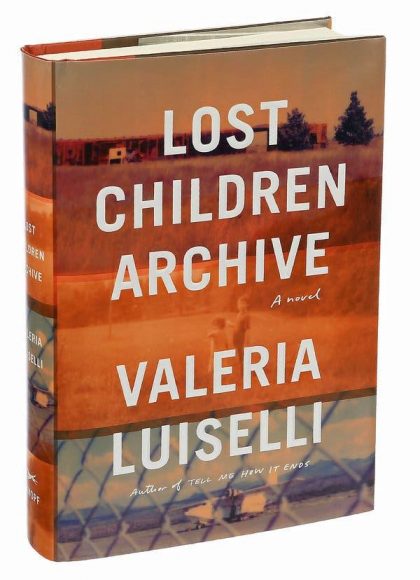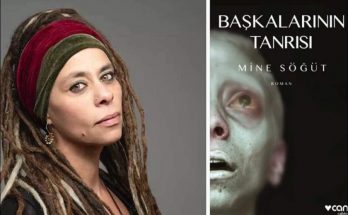
Spring is here, my husband and I have filed our tax returns and handed over the materials we collected for the auditory landscape project. In New York, more than eight hundred languages were spoken, and after four years of work, we exemplified almost all of them. We would finally be able to move on with our lives – what was waiting for us in the future. And that’s exactly what happened: We started moving on. We were moving, but we couldn’t say we were moving together.
I was involved in the case against Manuela’s two daughters. A lawyer working in the public interest finally agreed to take their case, although the girls had not yet met their mother, at least from the non-human, semi-secure detention center in Texas, which was transformed into a detention center for so-called immigrants with more humanitarian conditions. They were transported to an old Walmart mega store near Lordsburg, New Mexico.
In order to pursue the case, I did some more research on immigration law, participated in hearings and interviewed lawyers. Their was one of tens of thousands of similar cases across the country. Over the past six or seven months, more than eighty thousand unregistered children from Mexico, in particular from the North American North Triangle, have been arrested at the southern border of the United States.
All of these children escaped from a terrible environment of abuse and systematic violence, from countries where gangs turned into unrecognized states, conquered power, and conquered the rule of law. They came to the United States for protection, to find their mothers, fathers, or other relatives who had already immigrated and could take them. As they usually say, they weren’t after the American dream. They were just looking for a way out of their nightmare.
At that time, news about the wave of unregistered immigrant children coming to the country on radio and in some newspapers started to be reported slowly, but none of them were reported by these children. I decided to meet with the director of the Center for Urban Science and Development at the University of New York. I gave a general idea of how the story can be told from a different perspective. After trying for a while and making some concessions, he was willing to help me with the funding for the audio documentary on the immigrant child crisis at the border. It wasn’t such a big production: just me, my recorders and a limited time.
I didn’t realize it at first, but my husband was working on a new project. At first there were only a few books on Apache history. They were stacked on the desk, the nightstand. I knew that you had been interested in this topic before, and he often told children stories about the Apaches, so it was no wonder he read all those books. Then the maps of the Apache lands, photographs of their chiefs and warriors filled the walls around the desk. I began to sense that a lifelong curiosity was turning into an official investigation.
“What are you working on?” I asked one afternoon.
“Some stories only.”
“About what?”
“Apaches.”
“Why Apaches? Which ones?”
Chief Cochise said that he was interested in Geronimo and the Chirikavas because they were the last Apache leaders, the last of them to be the last free peoples on the American continent – morally, politically, militarily. Of course, it was a good reason to engage in any research, but that was not the answer I was expecting to hear.
Then he started talking about this research as a new sound project. He took cardboard boxes and stuffed them with stuff: index cards filled with books, notes, quotes, clippings and maps, field recordings and sound maps he found in public libraries and private archives, as well as his almost obsessive writing every day. set of small brown notepad. I was wondering how it would eventually turn into a sound track. When I asked him about these boxes, the stuff in them and their plans, how his plans coincided with ours, he said he didn’t know it yet, but he would let me know soon.
And when he informed me a few weeks later, we talked about our next steps. I told her that I wanted to focus on my project, record children’s stories and record their cases before the New York Immigration Court, and I also told her that I was considering applying for a job at a local radio station. He said exactly what I thought. He wanted to work on his documentary project about the Apaches. He was granted a scholarship. He also said that the materials he needed to collect for this project were linked to specific locations, but that the auditory landscape would be different. He described it as “echo inventory,, about Geronimo and the ghosts of the last Apache.
The thing about living with someone is that if you see him every day, you can predict all his gestures during the conversation, you can read the intention behind his actions, you can accurately calculate what he will react to, and even if you are sure that there isn’t a single undiscovered crease. can suddenly turn into a stranger. One thing I didn’t expect to hear from my husband was that he needed time to work on his new project, a lot longer than a single summer. She also said she needed silence and solitude. He also needed to relocate and settle in the southwest of the country.
“How long? Um I asked.
“Probably a year or two, maybe a little more.”
“Where in the southwest?”
“I do not know yet.”
“What about my project here?” I asked.
“It’s a meaningful project,” he said only.
Views: 510



